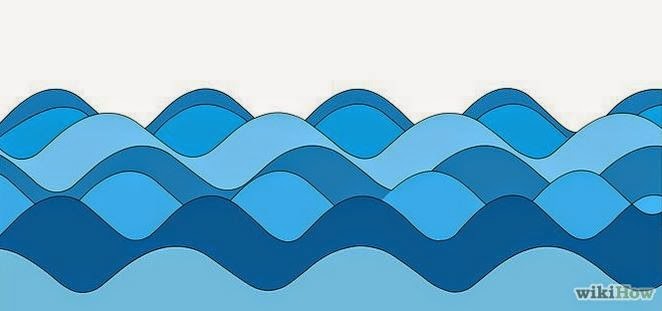Energy
Whatever I do for the next few weeks will be from a very sedentary position as I am now post op. This will inevitably limit the size I can work to and the materials I can gather around me. It's ironic that I now need to show energy!
My remit here is to use marks to show movement. In anticipation of this exercise and my incapacity I drew this dynamic figure at my figure drawing group.
I am reminded of some drawings I saw of dancers by Karolina Szymkiewic in the Art Library in Leeds in August 2012.
 |
| Sto reaching upwards - about 7 minutes |
Because time was short (5 minutes) I decided to concentrate just on the dynamism of the pose and merely indicate the head. I thought at first that the movement was located almost entirely in the trunk so I did a crop to see what happened.
I think this shows that although the upper body is obviously stretched and taut there is a significant amount of power in the legs.
I think this works because of the long curves.
There's more to see here:
https://theyoungcreatives.wordpress.com/2011/11/29/karolina-szymkiewicz-2/
When I look really closely at these images there are countless fine lines that follow the same general direction. The ones around the body cling to its shape. Some marks extend beyond the body like this crop of the thigh from the first image. This seems to give a feeling of speed and movement.
This way of mark making reminds me of Henry Moore's Shelter Drawings.
Quite the reverse but just as dynamic is Dance (1) by Matisse. Here the figures are smooth and the movement is achieved by the direction and relationship of the figures. The small one at the bottom leans markedly to reach the large figure on the left. This figure is more upright and the movement is immediately slowed.
 |
| Dance (1) -Henri Matisse (1909) oil on canvas http://www.moma.org/collection/object.php?object_id=79124 |
On BBC's Painting Challenge Lachlan Goudie demonstrated how the angle of presentation could show movement. He used an image of a balloon to indicate this.
This is an important point to bear in mind.
My manual suggests that I look at "waves" of various kinds and the way that repetition can create movement.
Whilst it might not be something I should follow too closely wikihow has an interesting article on how to draw waves
I think it is the apparently simple way that movement can be captured which impressed me here. There are several examples; here's one.
 |
| wikihow waves http://www.wikihow.com/Draw-Waves |
I made some marks in my sketchbook to depict movement - some were more successful than others. I really think that I needed to make more gestural marks but at the moment it's not possible.
These were done on in an A3 sketchbook so they aren't very big. I used graphite sticks and fine liners of various sorts and my basic conclusion is that straight lines make more active, aggressive marks and curved ones can lend a sensuous feeling.
Some other work I have done comes to mind:
Some other work I have done comes to mind:
 |
| Blowing ink |






No comments:
Post a Comment